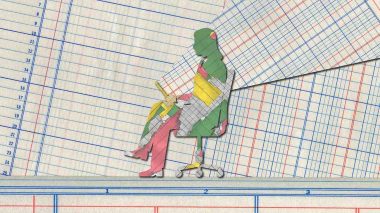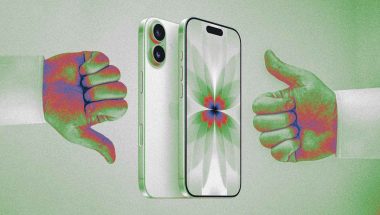- | 8:00 am
I tried the wild Nike heating boots that athletes will wear at the Olympics
Nike teamed up with Hyperice on two new garments that help athletes warm up and recover.
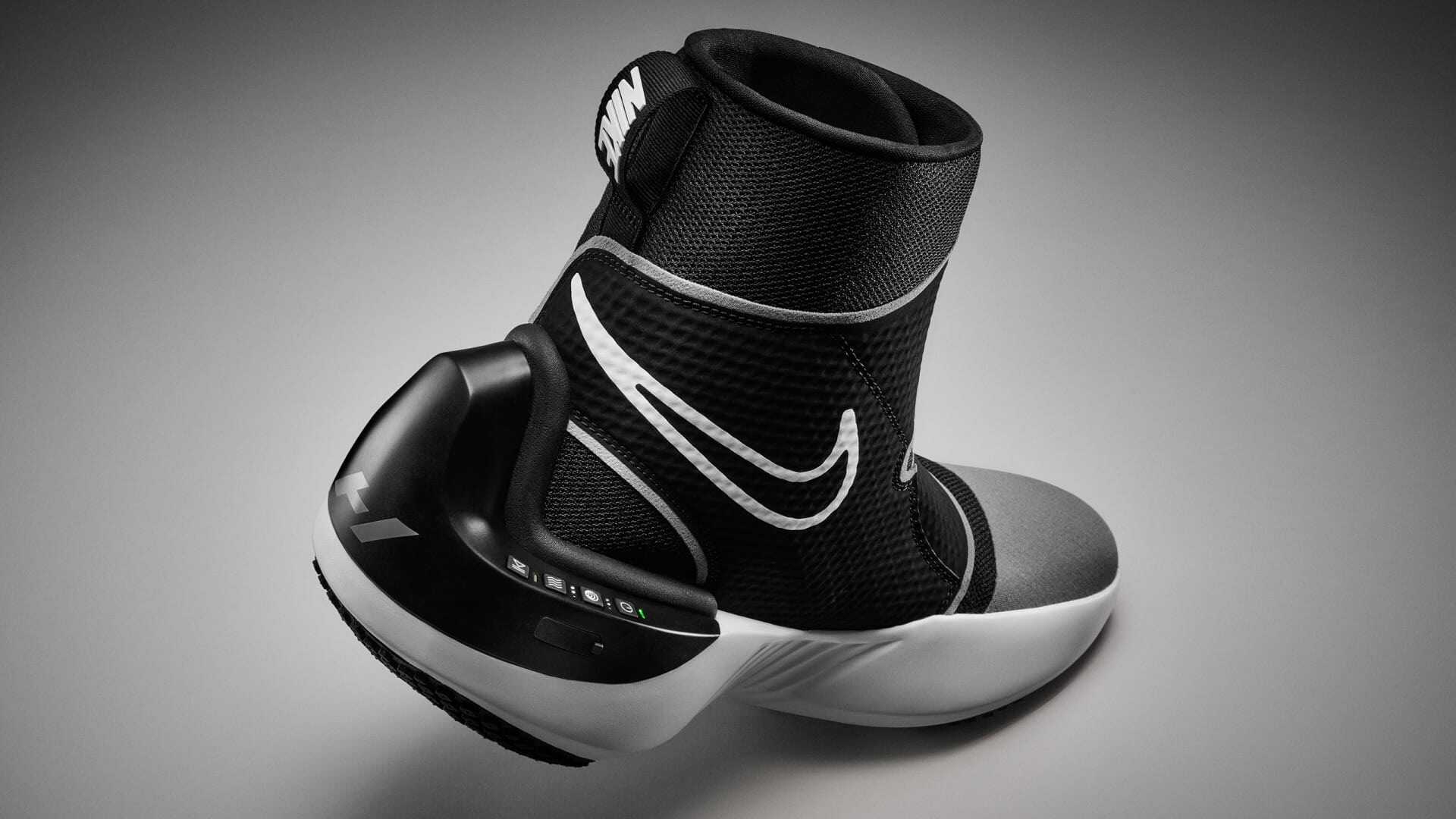
It feels like someone is pouring cold water on my shoulder.
I’m in Nike’s Beaverton headquarters, exploring a room full of its Olympics innovations. Alongside Nike’s new breaking gear, I see a vest and a pair of boots that will debut on some athletes at the Paris Olympic Games. Nike is a company known for performance on the field or court, but these innovations are their attempt to expand their purview into athlete prep and recovery.
The vest draped over a mannequin is an unmissable bright white. I chuckle to myself about the puny fans sticking out of the garment—they look like they were ripped out of a tower PC and sewn into the fabric. While the vest has no name, it can track your body temperature, and is designed to either cool or warm the wearer using a combination of internal bladders and an onboard battery pack.
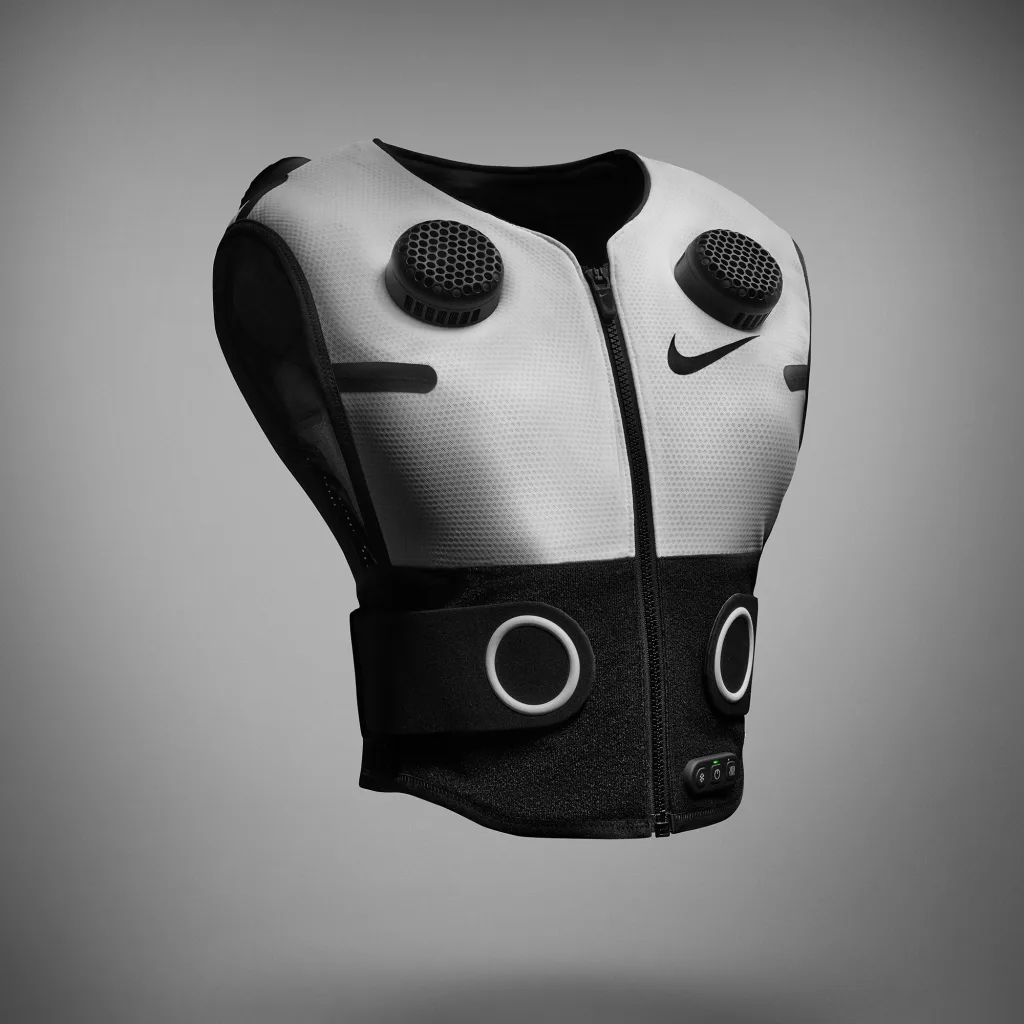
I’m skeptical, but within a minute of donning the vest and whirring the fans to life, I can feel them expelling hot air. Meanwhile, my shoulders and clavicle feel cooler by the moment, until it goes from cool to cold, as if icy liquid is trickling over my shoulders. The sensation is almost creepy. (But in 90-degree heat? It would be a godsend.)
Both this vest and the the boots were developed alongside Hyperice, one of the leading companies in recovery gear. Hyperice makes products like pillowy Normatec leggings that you plug into the wall to promote circulation in your legs, offering the benefits of compression therapy from your couch. For the past year, Nike has been working with the company to integrate some of these technologies into products that can fit better into an athlete’s life, so that they can easily limber up before and cool down after—promoting performance and recovery in one package.
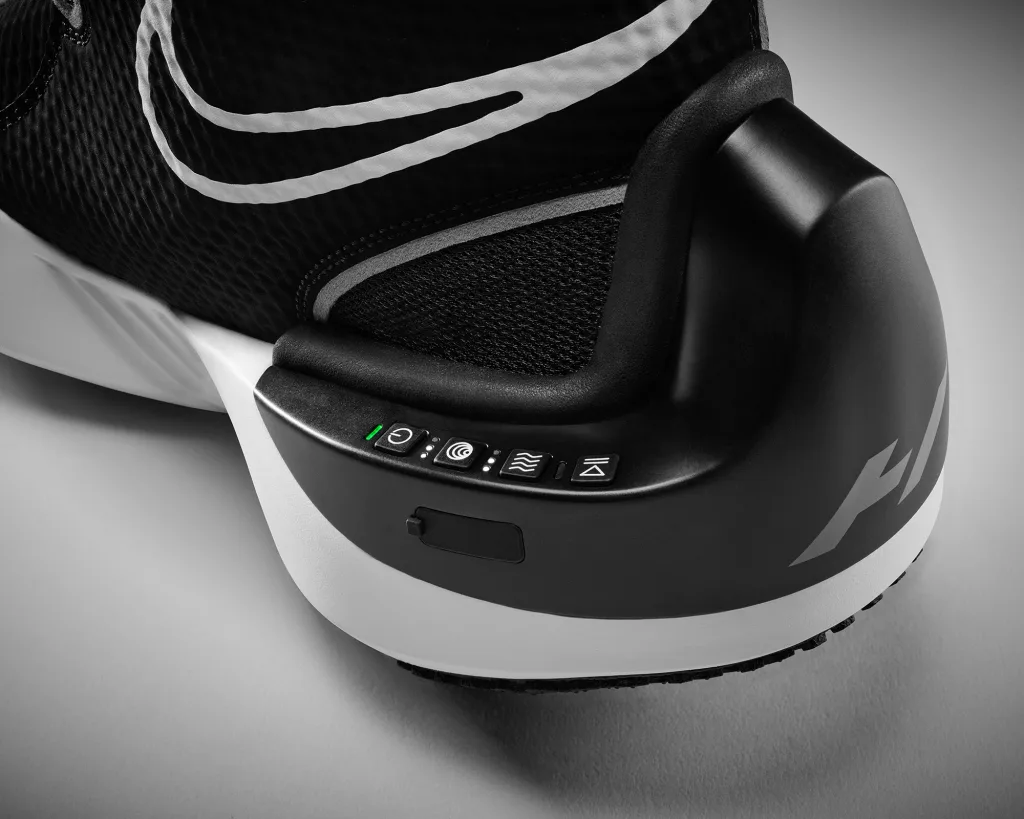
THE NIKE X HYPERICE BOOT
The Hyperice boot slips onto the foot like a shoe version of the company’s compression leggings. Despite hiding multiple bladders inside and heating elements, it’s really not much bulkier than a sneaker. While the vest is meant to chill or warm your body before or after a race, the boot is intended to massage your circulatory system, getting blood flow going passively while you do whatever else you want. It’s like therapy on the go.
“If I’m riding in a bus [to a race], can I just get my body ready?” asks Michael Donaghu, Director of Global Footwear Innovation at Nike. “You’re warming up your body as if you are actually out moving around, but you don’t have to put that energy in.”
Sliding one of my feet into the boot (the other I leave in my own shoe for comparison), I press a button and the shoe wakes up, purring like a mini inflatable mattress. On my foot, a combination of warmth and inflating/deflating bladders feels less like a shiatsu massage than a blood pressure cuff. Walking around in a mechanical device without worrying about damaging it is a little counterintuitive, but Hyperice’s design feels far more normal than wearing a ski boot.
The sensation is pleasant, but I can’t tell if I actually feel any different until removing the shoe after a few minutes. There’s no comparison between my feet. My Hyperice-d foot was relaxed, and notably more flexible. It was almost a little Jell-O-y. Donaghu mentions that some of Nike’s athletes have shared interest in wearing these on the plane, and I believe it.
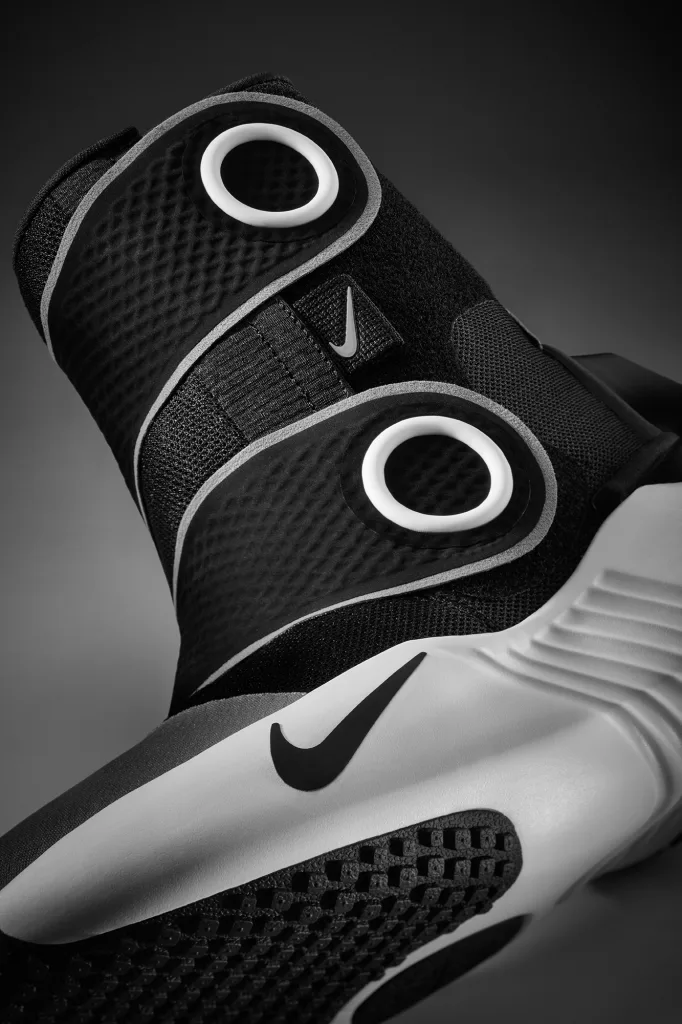
NIKE EXPANDS ITS PURVIEW
Hyperice an interesting partnership for Nike in a couple of ways. First and foremost, Nike’s experiments into what most of us would label technology—electrically driven products—have largely fallen flat. Nike’s landmark Fuelband was an enticing precursor to the Apple Watch (but most people stopped wearing them over time, so Nike discontinued it five years after launch), while its Adapt BB self-lacing shoes (Back to the Future made real!) were a technical marvel with a novel utility that never exceeded the compromises (price, bulk/weight, a charging pad, an app, etc).
But Hyperice is a technological partner with a proven track record in a market that Nike has yet to own. There are only so many shoes you can sell someone for game day or the runway, and Nike’s gargantuan size makes growth difficult. However, these Hyperice products aren’t made for the field or court; they’re made for the moments right before or after sport.
Basically, Nike is now selling the shoe for before you put on the shoe, and the shoe for after you put on the shoe.
Paris will be the first test of these new inventions before being refined for market (and neither company will share anything on potential price or availability). But for Nike’s Chief Innovation Officer John Hoke—who sees the future of performance gear as sympathetic and symbiotic—the significance of this collaboration and strategy is a lot larger than any impending product release.
“You can begin to extrapolate [us] going further and deeper on every athlete we have—accessibility, personal expression, the science of confidence, etc. Powered footwear, powered vests—recovery as a whole new arena for us,” says Hoke. “So as you see these things, [know] these aren’t end states. These are just chapters along the way. Without alluding to exactly where we’re going, these are just the germinating seeds of the future.”

























